Whitebait are technically the baby ‘fry’ of a whole slew of fish species, but if you order whitebait a restaurant, that is not what you will get. Here’s why …
Whitebait are eaten whole with the head, tail guts and the lot still intact – most often fried, the tiny, delicate nature of the fish make them a highly sought-after dish. Whitebait has been a hugely popular in the UK. For example, in 1611, Lincoln boy Thomas Sutton did two notable things: 1. He founded Charterhouse School in Surrey; and 2. He died. His funeral wake is proudly recorded as having six dishes of whitebait served.
The traditional season for whitebait was June, July and August when the little fish would come up the Thames on flood tides. Greenwich and Blackwall taverns would serve whitebait to the hundreds of tourists making the journey to try the delicacy. At the end of the whitebait season in September, the British government cabinet members of the 1800s would take an annual trip down the Thames to Greenwich to feast on whitebait to mark the end of the parliamentary session. Whitebait were being eaten in their millions.
But there was a problem with that.
In the 1840s, Frenchman Achille Valenciennes (1794–1865) made a striking taxonomical error and recorded the small fish as an entirely separate species, naming it ‘Rogenia.’ In terms of maintaining fish stocks, this was a colossally unhelpful thing to do because it did not recognise that the fish were in fact juveniles of another species. It took until 1903 for anyone to question this. Eventually London’s Dr James Murie went ferreting around in boxes of whitebait at market and found that they contained up to 23 different species of sea creatures, including (oddly) octopus.
Later, UK whitebait became more of a herring-only thing (other countries, such as New Zealand used the term for other species), presumably because consumers wanted to know what they were eating, cooks wanted consistency, and herring was the most abundant fish off British shores. However, by the 1960s, herring supply was starting to become a problem. Herring itself was being over-fished by the Scots and the Danes, and taking the young for whitebait was only making the problem worse.
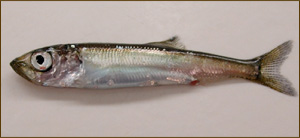
Eventually, in 1977, the British Government was forced to institute a 6-year ban on herring fishing – a move that decimated the economy of coastal Scotland, and left a generational gap in herring consumption, from which there was no hope of recovery. Britain lost its love for its own national fish.
These days, while herring is eaten freely from properly managed, sustainable stocks, eating proper whitebait is still severely frowned upon. The Marine Conservation Society has implored people not to buy juveline fish for eating because fishing them has a huge negative impact on mature fish stocks. Instead, they suggest that mature sprats be used, and that diners ought to check that the ‘whitebait’ they are buying is actually all sprat. Sprats are now the preferred species for whitebait dishes.
When we made out fried ‘whitebait,’ we used sprats. These go great with homemade tartare sauce.

Fried whitebait
Ingredients
- 4 handfuls of sprats, whole
- 100g plain flour seasoned with cayenne pepper, salt and black pepper
- 100ml milk
Instructions
Set a fryer to 190˚C.
Dry the fish a little and toss them in the seasoned flour. Transfer to the milk, and then back into the flour. You will need to do this in batches if making the dish for more than one person.
Drop the fish into the fryer one by one. Again, work in batches. Fry until crisp and golden brown.
Serve with home-made tartare sauce to dip.

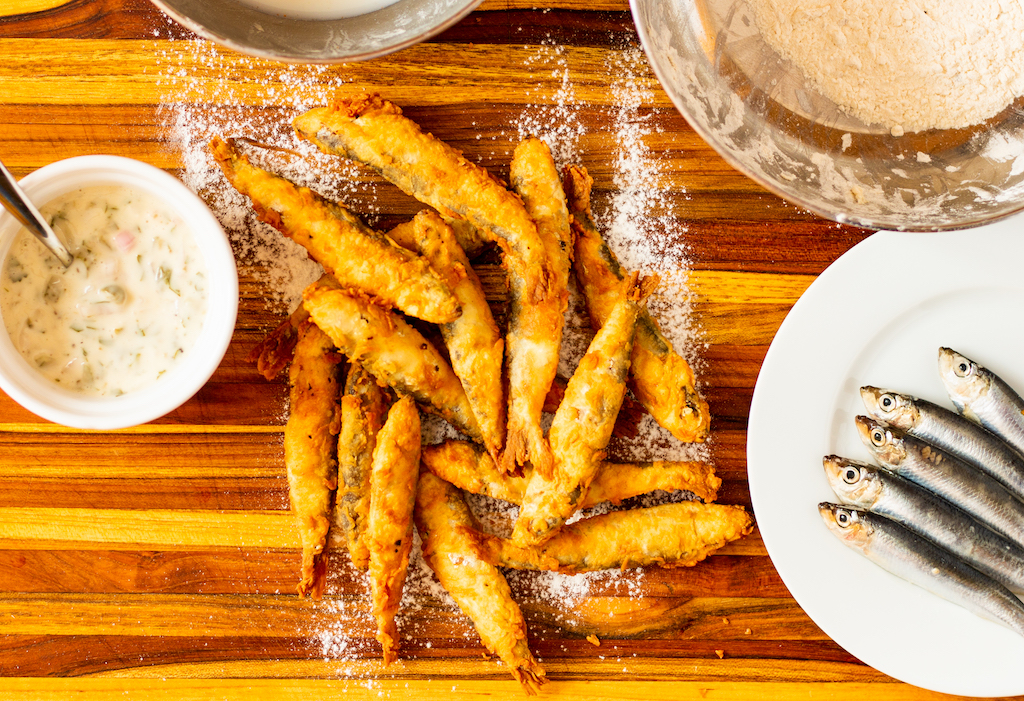

 (57 votes, average: 4.05 out of 5)
(57 votes, average: 4.05 out of 5)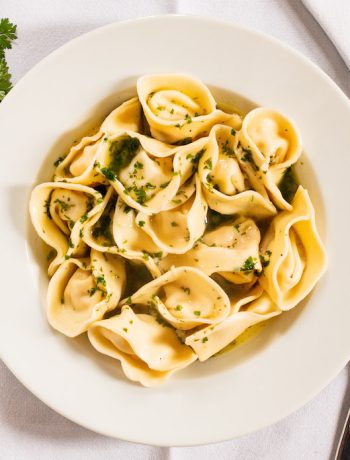
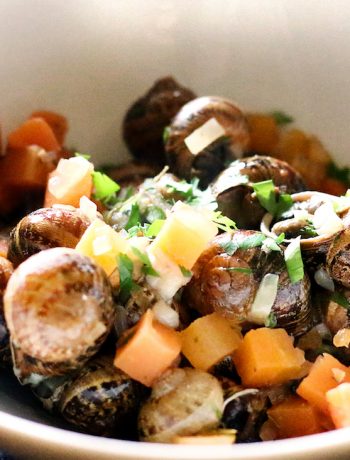
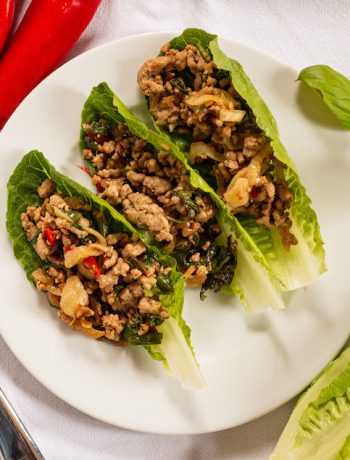
No Comments